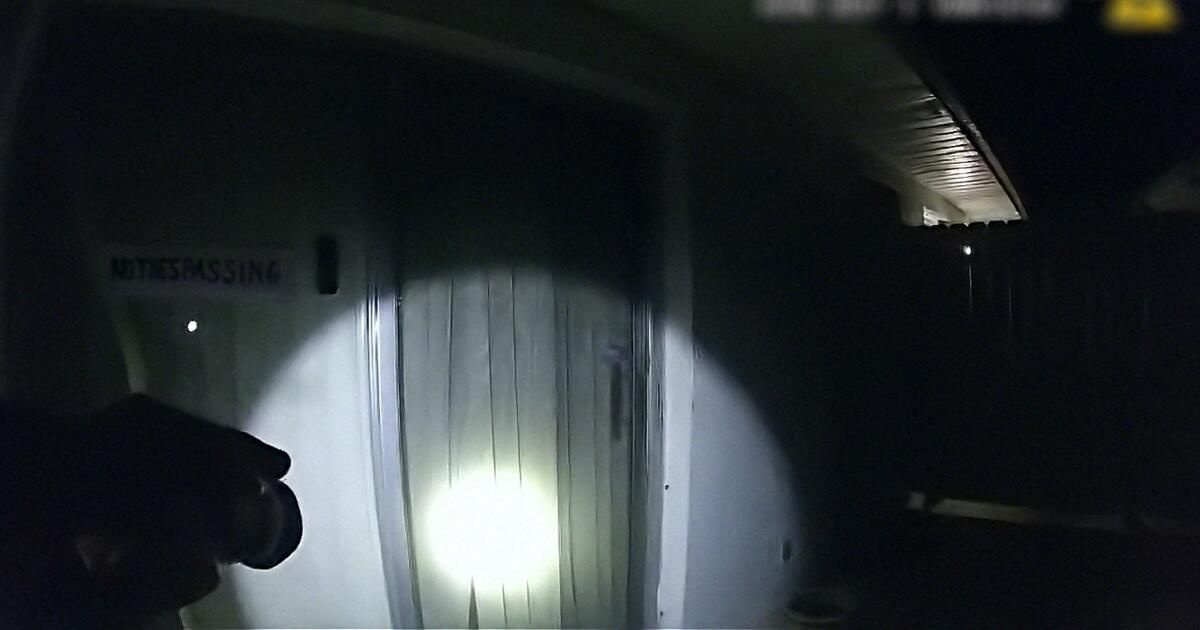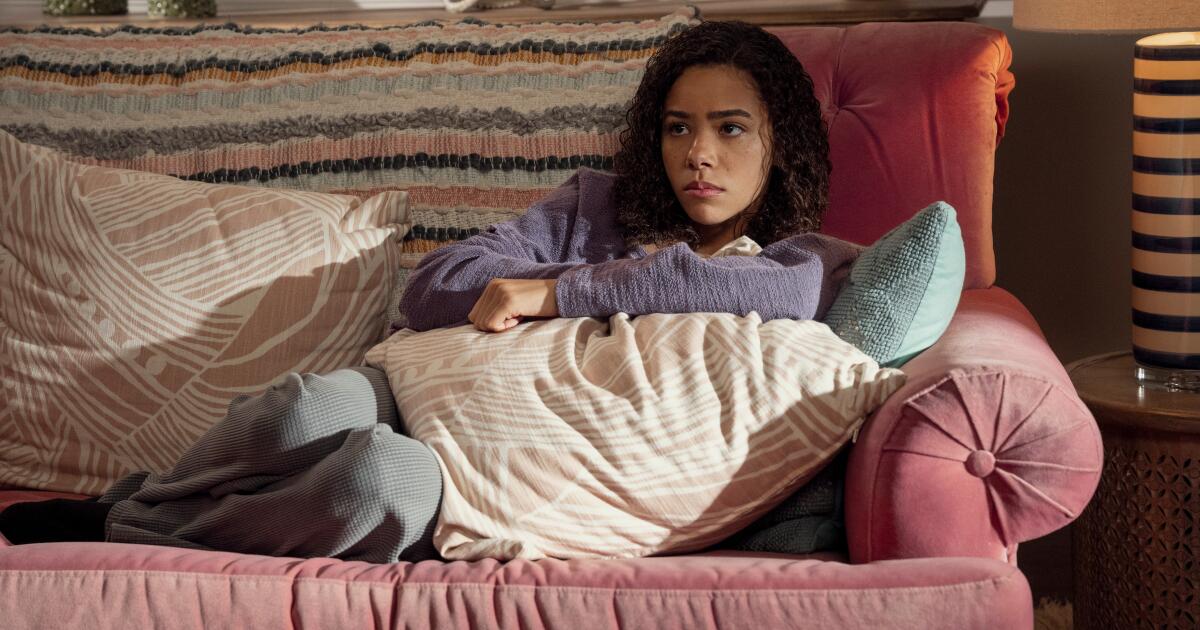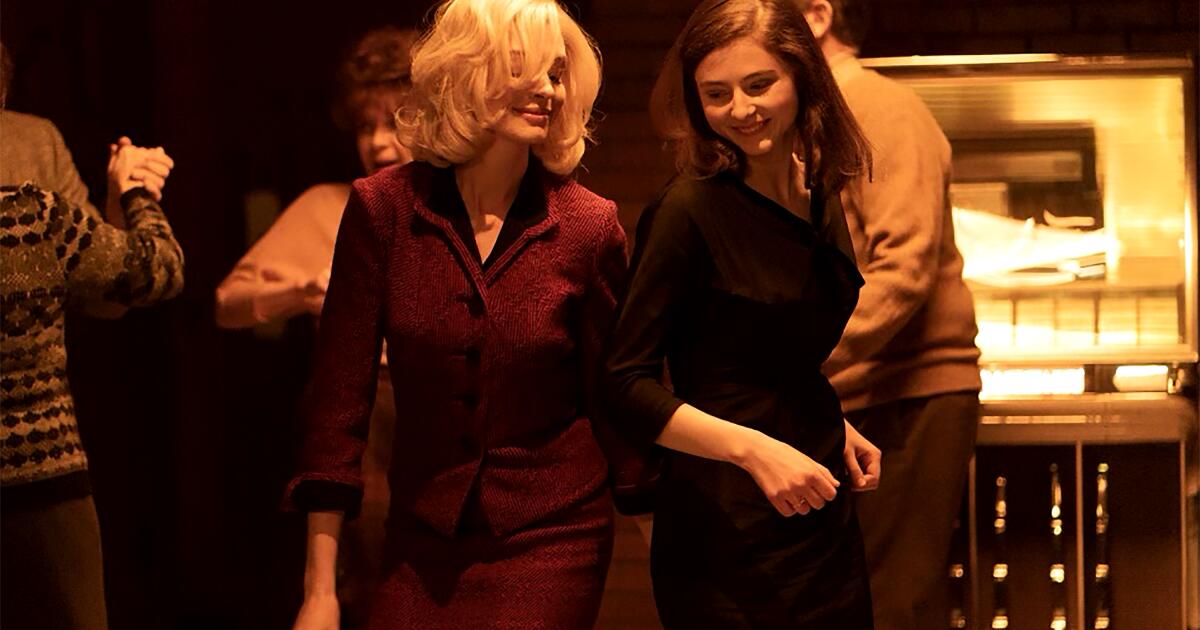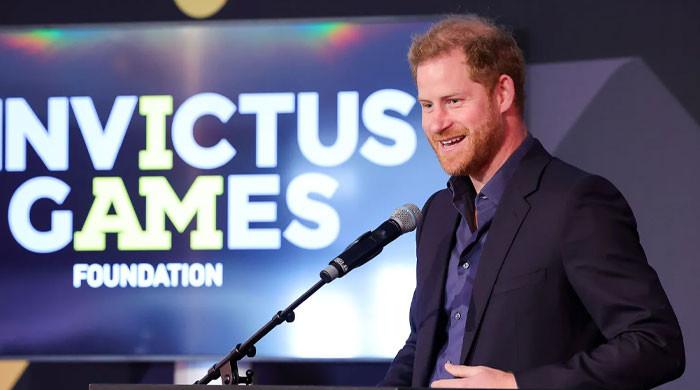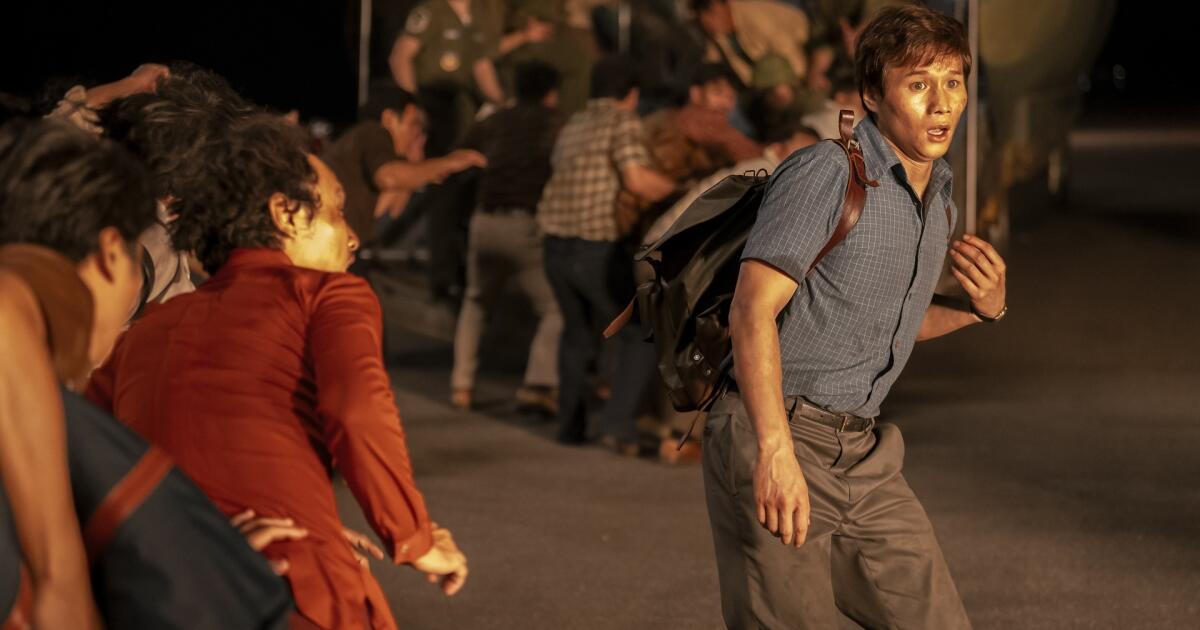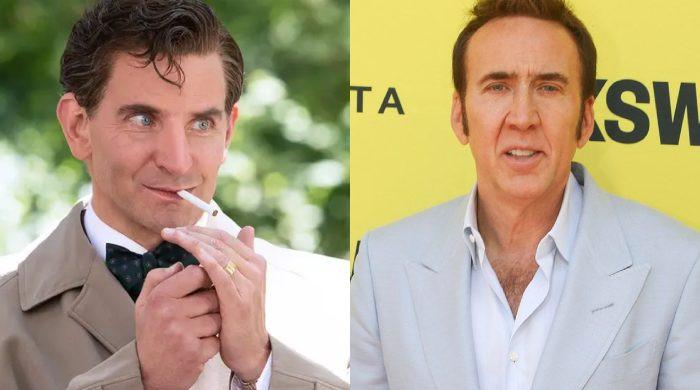You can hear the quiet relief in the voice of one of the cops who shows up to a criminal call, only to discover a group of normal boys and girls having fun instead of a citable disturbance; I'd rather everyone have a good time instead of “robbing people.” Routinely dispatched to this unassuming street in Marion County, Florida, deputies are always delighted by the close-knit families they encounter, joking with the children and easily sympathizing with the parents. With their body cameras sensitive to every little expression, they seem to understand that the real nuisance here is Susan Lorincz, the angry white woman who keeps calling them to complain, not the kids playing soccer on an adjacent field.
However, this reality offers little solace as Geeta Gandbhir's devastating documentary, “The Perfect Neighbor,” unfolds with one police visit after another. That's because a prologue of sirens and sadness tells us where this is all headed: a summer night in 2023 when Lorincz fired a gun through the closed door of her home, killing her neighbor, Ajike Owens, a Black mother of four. The experience of watching what leads up to it is uniquely terrifying.
Although the body camera footage reveals a caring community that does not deserve persistent disruption (much less avoidable catastrophe), this story is not easy to swallow. But it's just as essential as the movies, especially if we want a clearer understanding of the matrix of factors that threaten the social cohesion of our country, specifically endangering the lives of people of color in states where controversial “stand your ground” statutes exist.
Because while “The Perfect Neighbor” is, at the most visceral level, a horror documentary constructed from police footage, it also reveals how a violent tragedy can unintentionally manifest itself through unbridled grievances and a law that weaponizes white fear rather than protecting anyone's peace.
Gandbhir, of whom Owens was a dear family friend, had access to two years of interviews and body cameras from the Marion County Sheriff's Office. But rather than using them as flashbacks in a more conventional retelling, it creates a narrative from the raw footage, asking you to evaluate a neighborhood dispute with your own eyes, ears, and emotional intelligence over the course of a half-dozen calls to the police, all initiated by the nervous and exasperated Lorincz. It is a confrontation that we observed for 14 months.
“The Perfect Neighbor” seems like a bold approach in a time when context is scarce and documentary filmmakers can leverage original narration and interviews to tell the full story. Gandbhir, however, trusts our instinct for clarity, confident that the accumulation of incidents makes guilt unequivocal. There are visible signs suggesting Lorincz's unaddressed mental health issues, and police officers regularly tell children and parents how to deal with their difficult neighbor, but never the other way around. What is telling is the naivety of law enforcement who regularly quells a woman's dangerous campaign of prejudiced aggression, acting as if nothing worse will come of it in a state that gives terrified citizens the right to use deadly force.
After the murder, when Gandbhir's lens shifts to footage of interrogations mixed with scenes of public protests grieving a broken community, we get further evidence of who in our society gets the benefit of the doubt. “The Perfect Neighbor” leaves us with a patiently earned moment of justice. But he is haunted by the notion that a deadly rage prevailed, that a crime was allowed to occur, and that an ordinary, trustworthy American neighborhood, where a loving mother unhesitatingly tells a curious police officer, “All these children are mine,” is not protectable ground.
'The perfect neighbor'
Classified: R, for language
Execution time: 1 hour, 37 minutes
Playing: Opens on Friday 10 October at Laemmle Royal; on Netflix October 17

